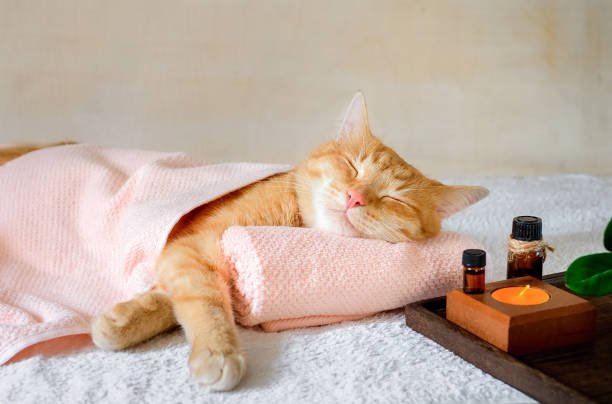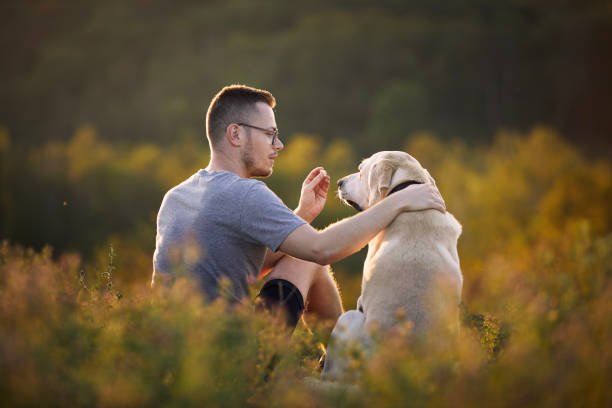Bathing your dog is an essential part of their grooming routine, but how often should you actually do it? The answer isn’t as straightforward as you might think. It varies based on several factors, including the dog’s breed, coat type, lifestyle and individual health needs. In this article, we’ll break down these factors to help you determine the best bathing schedule for your furry friend so you can all live in a healthy & comfortable environment.
Factors Influencing Bathing Frequency
- Breed and Coat Type
- Short-Haired Breeds: Dogs like Beagles, Boxers, and Dachshunds typically have less dense fur and don’t require frequent baths. A bath every 1-3 months is usually sufficient.
- Long-Haired Breeds: Breeds such as Golden Retrievers, Poodles, and Afghan Hounds often need more frequent grooming and bathing, possibly every 4-6 weeks, to prevent matting and to keep their coats clean.
- Hypoallergenic Breeds: Breeds like the Maltese or Poodle may require regular baths to minimize shedding and allergens in your home. Regular bathing every 4-6 weeks can help maintain their coat and skin health.
- Activity Level and Lifestyle
- Active Dogs: If your dog loves to roll in mud, swim in lakes, or romp through the park, they may need baths more often—perhaps once a week or every two weeks.
- Indoor Dogs: Dogs that primarily stay indoors may not need frequent baths, as they are less likely to get dirty. Monthly baths might be sufficient.
- Seasonal Changes: During shedding seasons or when your dog spends more time outside, you may need to increase the frequency of baths to manage loose fur and dirt.
- Skin Health
- Sensitive Skin: Dogs with skin conditions or allergies may require medicated baths as prescribed by a veterinarian. Follow your vet’s recommendations on frequency.
- Healthy Skin: If your dog has no skin issues, a bath every 1-3 months is usually adequate, depending on their coat and lifestyle.
- Odor and Dirt Accumulation
- If your dog starts to develop an unpleasant odor or becomes visibly dirty, it’s time for a bath, regardless of the established schedule. Regular brushing can help reduce dirt and odors, allowing you to space out baths further.
Signs Your Dog Needs a Bath
Knowing when your dog needs a bath can be just as important as knowing how often to bathe them. Look for these signs:
- Odor: If your dog starts to smell bad, it’s time for a bath.
- Dirt and Mud: Visible dirt or mud on your dog’s coat is a clear indicator that they need a wash.
- Itching or Scratching: Excessive scratching or biting at their skin may suggest skin issues or irritation, and a bath can help alleviate discomfort.
- Greasy Coat: A greasy or oily appearance can mean your dog needs a bath to remove excess oils.
Tips for Bathing Your Dog
- Prepare the Bathing Area: Ensure the bathing area is safe and comfortable. Use non-slip mats to prevent slipping, and have towels ready for drying.
- Brush Before Bathing: Brushing your dog before a bath helps remove loose hair and tangles, making the bathing process easier and more effective.
- Water Temperature: Use lukewarm water for bathing. Too hot or too cold water can be uncomfortable for your dog.
- Thorough Rinsing: Make sure to rinse your dog thoroughly to remove all shampoo residue, which can cause skin irritation.
- Drying: Use towels to dry your dog after a bath, and consider using a blow dryer on a low, cool setting for long-haired breeds.
- Use Dog-Specific Products: Always use shampoos and conditioners specifically formulated for dogs. Human products can irritate their skin and coat. Here’s one we recommend:
Conclusion
Establishing a bathing routine for your dog is important for their hygiene and overall health. While the general guideline is to bathe dogs every 1-3 months, factors such as breed, coat type, activity level, and individual health needs will dictate the best schedule for your pet. By paying attention to your dog’s condition and consulting your veterinarian when necessary, you can ensure your furry friend stays clean, comfortable, and happy. Remember, grooming isn’t just about bathing – it’s also about bonding time with your dog, so make it an enjoyable experience for both of you!





